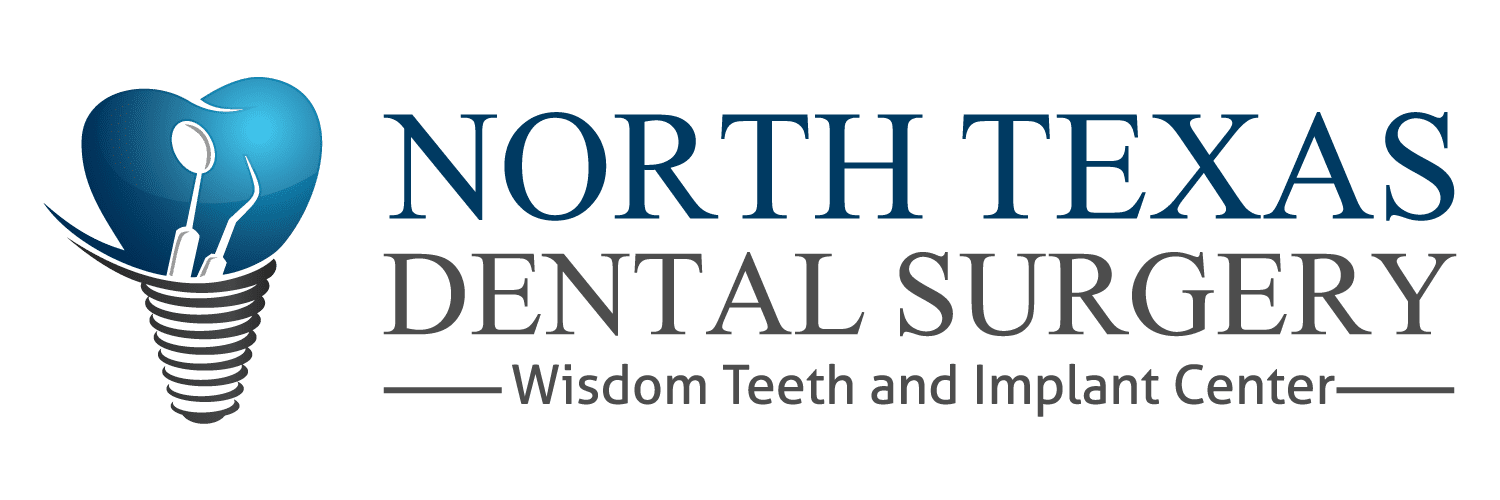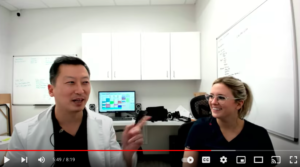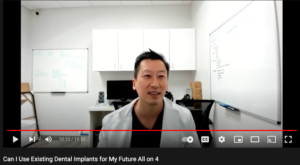Revolutionizing All on 4 Dental Implants: The Advantages of Digital Conversion Over Traditional Methods
The field of dental implants has experienced a significant advancement with the introduction of the digital conversion process for All on 4 dental implants. This innovative approach marks a substantial improvement over the traditional conversion methods used in dental practices.
In the traditional approach, the All on 4 dental implant procedure involved retrofitting a conventional denture to the patient’s mouth after surgery. This analog conversion process required extensive manual adjustments and was often time-consuming and uncomfortable for patients. Furthermore, it resulted in a weakened prosthesis that was prone to frequent breaks due to the multiple adjustments and manipulations involved.
Contrastingly, the digital conversion process, a novel technique adopted by leading dental practices, eliminates these drawbacks. This method involves taking a precise intra-oral scan of the patient’s mouth post-implant surgery. The scan is used to digitally design the prosthesis, including gums and teeth, using advanced software. The prosthesis is then milled from a single block of compressed PMMA acrylic, ensuring a stronger and more uniform structure.
Key benefits of the digital conversion process include:
- Enhanced Structural Integrity: The prosthesis, milled from a single acrylic block, is significantly stronger and more durable, reducing the risk of breaks common in traditional methods.
- Reduced Chair Time and Discomfort: Patients experience reduced time in the dental chair post-surgery, as the prosthesis is created outside the mouth, leading to a more comfortable experience.
- Improved Aesthetics and Fit: The precision of digital design allows for a prosthesis that fits better and looks more natural, enhancing the aesthetic outcome.
- Efficiency and Convenience: Though the prosthesis is delivered the day after surgery, patients report high satisfaction due to the overall ease, comfort, and quality of the final product.
This digital conversion process represents a major technological shift in the creation and fitting of dental prosthetics. It offers a more efficient, patient-friendly approach and stands as a testament to the ongoing innovations in dental care, aimed at improving patient experiences and outcomes. Leading dental practices adopting this method are setting new standards in dental implant technology, providing patients with reliable, long-lasting solutions.









